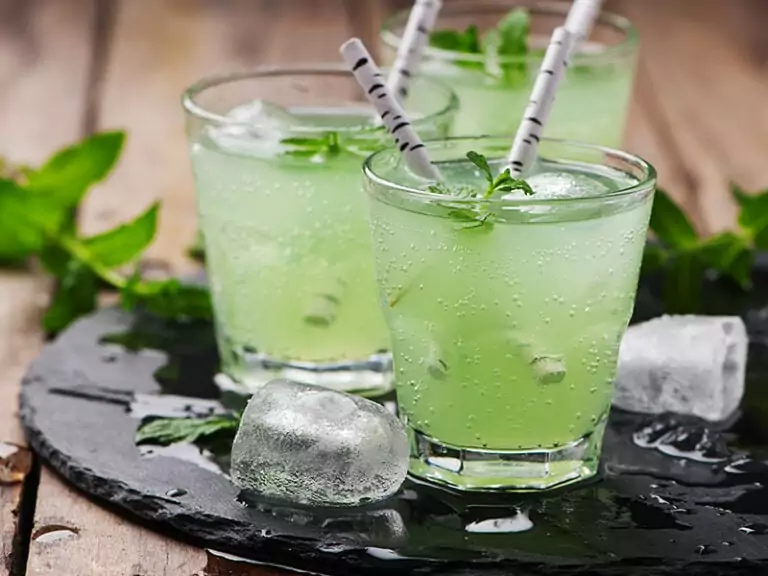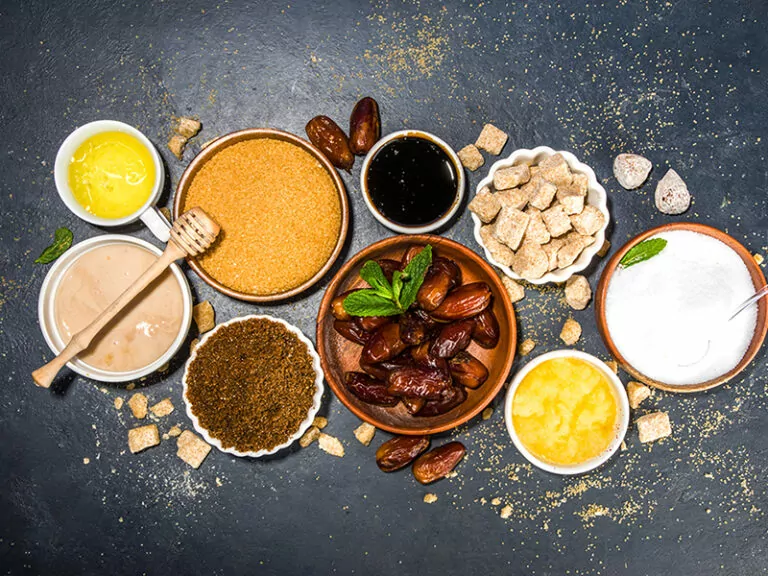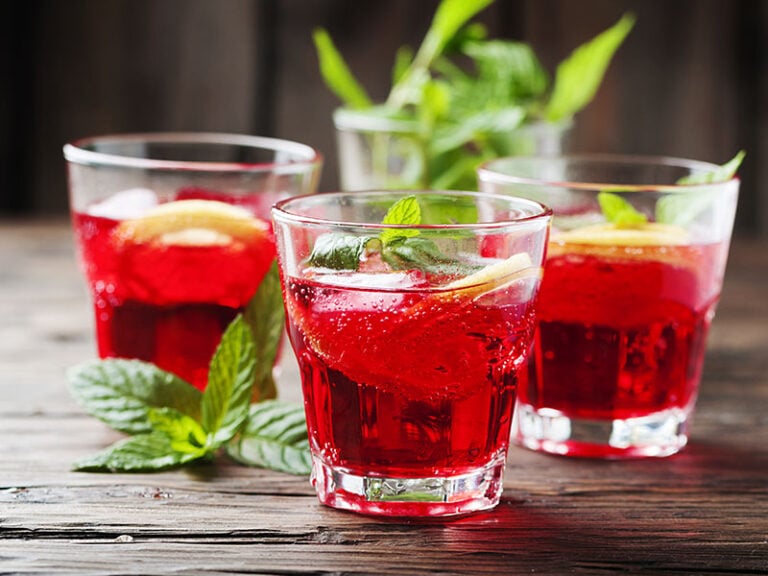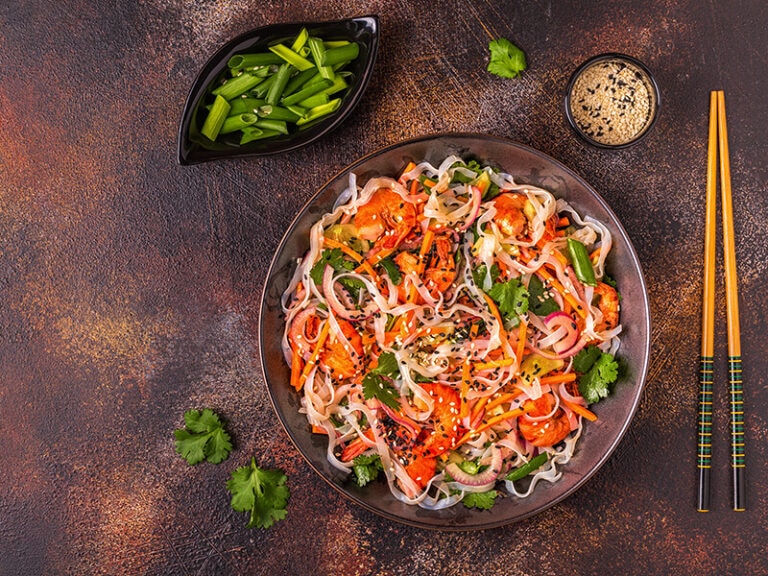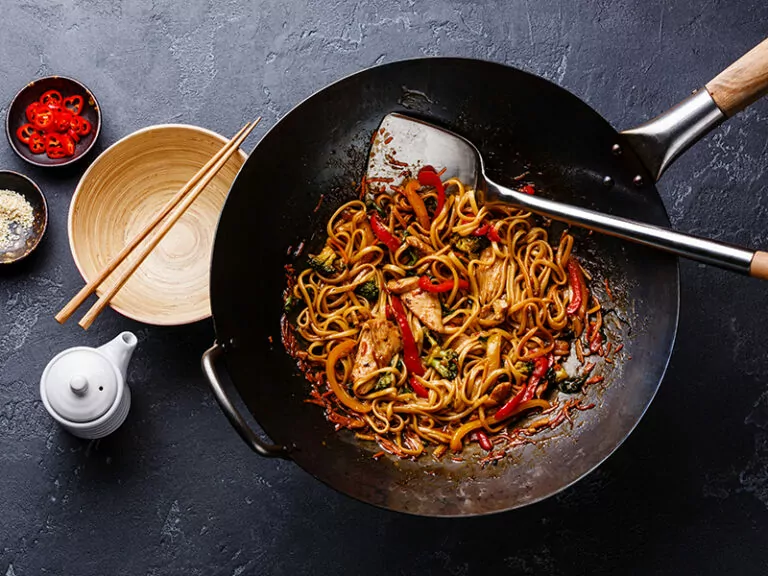How to choose manuka honey? This is the concern of many people in recent times. There are specific criteria and standards for selecting manuka honey properly. You will be glad that this post provides all the information you need.
Manuka honey is a familiar ingredient to many people. This sweet component appears in cooking or the medicinal field because of its fantastic flavor and health benefits. Keep reading and explore all things about this signature New Zealand honey.
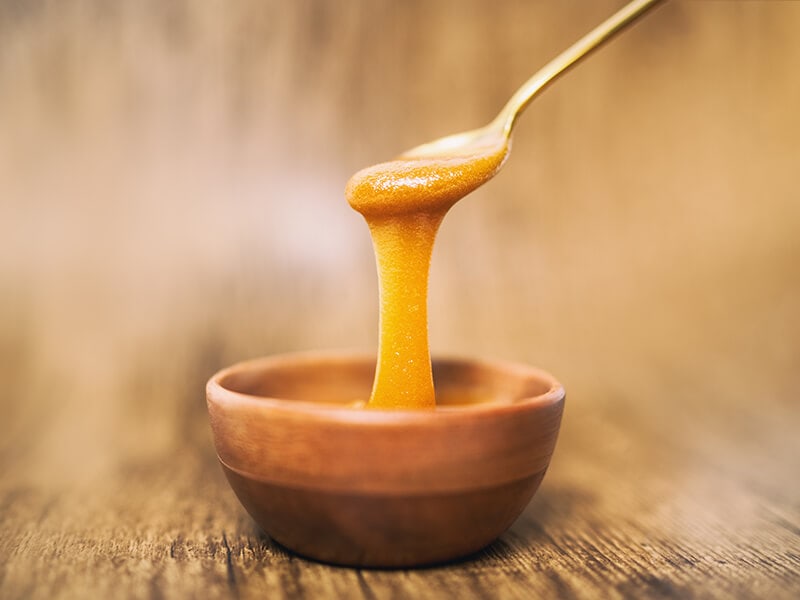
A Short Brief Of Manuka Honey And Its Origin
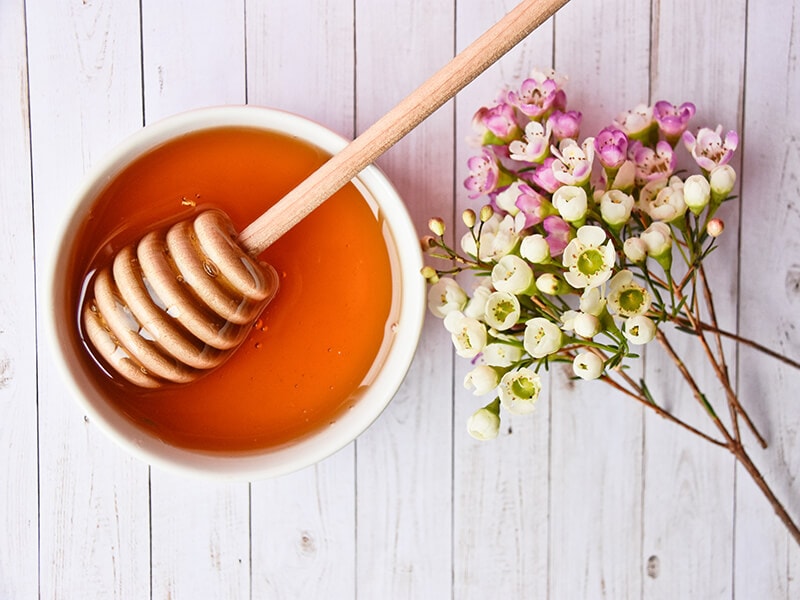
Manuka honey is also known as “healing honey” or “liquid gold” because of its typical color and amazing health benefits. Manuka honey has hearty sweetness, slight bitterness, and an earthy fragrance often used as a substitute for sugar.
This monofloral and multi-floral honey is a sweet product of the nectar of the manuka tree (Leptospermum scoparium), a small tree of the Myrtaceae family and also known as broom tea-tree or tea tree (1). This tree originates from New Zealand and some coastal areas of Australia.
Besides the strong sweetness, you can spot manuka honey, thanks to its signature dark brown and dark cream hues.
Due to its appealing flavor and incredible aroma, manuka honey is a popular option in New Zealand, Australia, and other nations. It is also an excellent option for healing, thanks to its antibacterial, antiviral, and antifungal properties.
Fun fact, bees must take about 22,700 trips to collect manuka flower nectar and produce 17.6 oz of manuka honey.
Explore all the brilliant things about sweet Manuka honey.
What Are The Criteria You Should Consider When Choosing Manuka Honey?
Do you know how to purchase the best and high-quality manuka honey? You can rely on some criteria, such as flower varieties and the manuka honey grading system.
Grading System
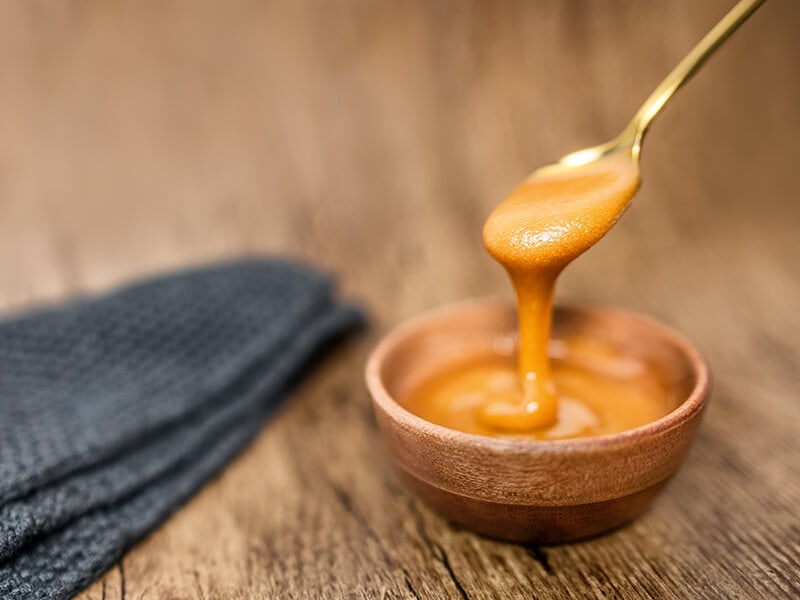
The grading system is a complicated system used to evaluate the quality of manuka honey. Normally, UMF (Unique Manuka Factor), MGS (Molan Gold Standard), BioActive, and K-Factor are common systems, but UMF is the strictest measurement system.
UMF (Unique Manuka Factor)
Many manuka honey manufacturers in New Zealand have the UMF license as proof that their manuka honey products meet rigorous standards.
Typically, the honey includes HMF (hydroxymethylfurfural), DHA (dihydroxyacetone), methylglyoxal, and leptosperin. Usually, the UMF grading ranges from 5 to 25.
- Leptosperin: You can only find this chemical compound in the nectar of manuka trees. It features anti-inflammatory properties. Furthermore, the anti-inflammatory ability is more powerful when this content is higher.
- MGO (methylglyoxal): You can find this natural compound in manuka honey. It presents the antibacterial properties of manuka honey. The higher the MGO rating, the better the antibacterial ability of honey, so manuka honey with a higher MGO is more expensive.
- HMF (hydroxymethylfurfural): HMF indicates the changes in storage and heat in manuka honey. HMF is produced in natural manuka honey. Typically, HMF is under 1 mg/kg, but it will increase when the temperature rises.
- NPA (non-peroxide activity): This represents the antiseptic properties of manuka honey. Like MGO, NPA provides manuka honey with special antibacterial properties. You should buy honey with a high NPA rating for better quality honey.
KFactor And Bio Active
KFactor and Bio Active systems are not as popular as UMF. But, they are essential in measuring non-peroxide activity, which is key in identifying if your manuka honey meets the therapeutic grade.
Manuka honey is unpasteurized, raw, GMO, antibiotic, and glyphosate-free if it has the KFactor grade. Also, it shows the honey comes from New Zealand and is produced from the Manuka tree.
Furthermore, if the honey gets a KFactor indicator of 16, this honey is made from 100% of the Manuka tree. If the indicator is 12, this shows your honey is a multi-floral Manuka honey.
Varieties Of Flower
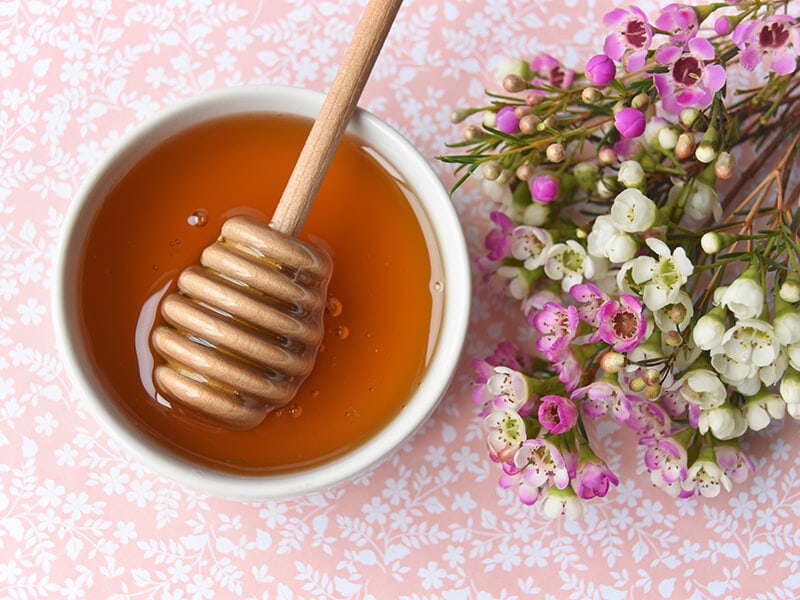
Depending on the flower varieties, there are 2 main types of manuka honey, including monofloral and multi-floral options. There is a difference in MGO (methylglyoxal content) between the 2 varieties, and I’ll show you what MGO is in the next section.
Multi-floral manuka honey combines nectar from many flowers (mainly from manuka flowers). In contrast, monofloral honey comes solely from the nectar of the manuka tree flower.
Organic Honey And Usage Purpose
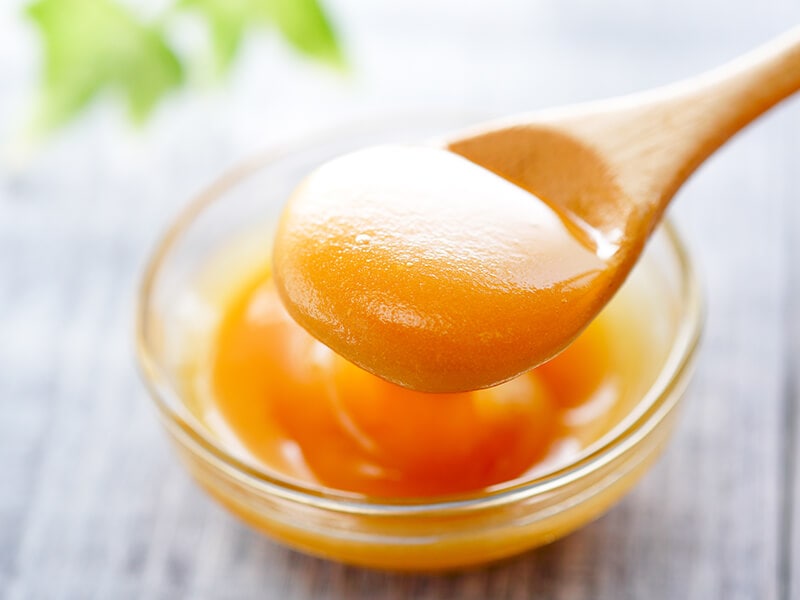
Besides the indicators I mentioned above, you need to base on the origin and purpose of use to choose suitable and high-quality manuka honey.
Ideally, you should choose products from New Zealand that consist mainly of Leptospermum scoparium (Manuka tree). Also, the products must be organic and free of fertilizer and pesticides.
If you want to select manuka honey to give to relatives or friends as a gift, there are 2 categories that you can choose from, including gift ideas and gift baskets.
How To Choose Manuka Honey Properly?
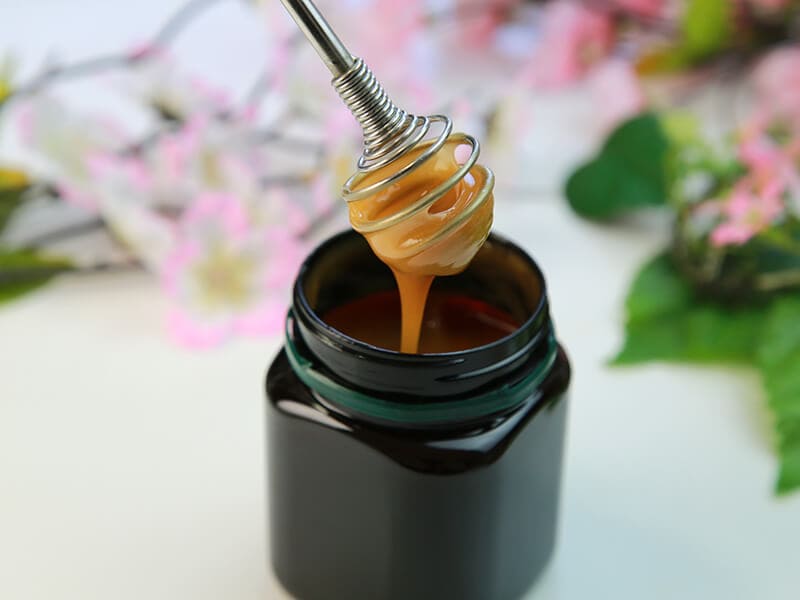
To select manuka honey properly, you should rely on your intention to use it, including medicinal and non-medicinal uses. You can use the markings and gradings shown on bottles to have a suitable choice.
Typically, manuka honey with high antibacterial properties will have higher quality and appear with medicinal use. Meanwhile, low-quality manuka honey often has low antibacterial properties and is commonly used for food, beverage, and beauty fields.
In addition, NPA (non-peroxide activity) is an indicator you should consider when purchasing manuka honey for medicinal use. Typically, the NPA will appear on the jar or bottle.
Besides, NPA, UMF levels, and MGO systems also appear on the jar. UMF rating often ranges from 5+ to 25+. Meanwhile, the MGO grading system will begin at under 80 and go over 800+.
| UMF | MGO |
| 25+ | 1200 |
| 20+ | 829 |
| 18+ | 692 |
| 15+ | 514 |
| 10+ | 261 |
| 5+ | 83 |
The fastest and most effective way to choose manuka honey is to look at the UMF index on bottles. Below are some milestones to remember to select honey that suits your intent.
If you choose honey for medicinal usage, antibacterial properties should be high. Therefore, let’s pick honey with UMF 10+ or higher to achieve the best effect.
For non-medicinal usage, let’s choose manuka honey with low UMF (between 5+ and 10+) and MGO (30+) because the antibacterial ability is not so important. This honey is suitable for daily use.
If you want to dilute manuka honey with drinks, food, or other components, remember to use honey with high UMF (from 15+ to 20+) because the mixing can reduce the antibacterial properties of the manuka honey.
You can refer to the table below for other usages:
| MGO | Usage |
| 83+ | General well-being |
| 100+ | General well-being (higher tone) |
| 263+ | Medicinal use (for minimal activity), like daily ingestion |
| 514+ | Short-time medicinal usage (for strong activity). Suitable for skin and digestive health |
| 829+ | Important medicinal usages, such as wound and oral treatment |
In case you want to use Manuka honey for healing wounds, I highly recommend choosing honey with high UMF and MGO ratings (10+ and 250+) for the high antibacterial properties.
Check out the best way to select the most quality manuka honey.
Common Uses Of Manuka Honey
Are you curious about the uses of manuka honey? This section will reveal the medicinal and non-medicinal usage of this sweet component. Let’s check it immediately.
Medicinal Usage
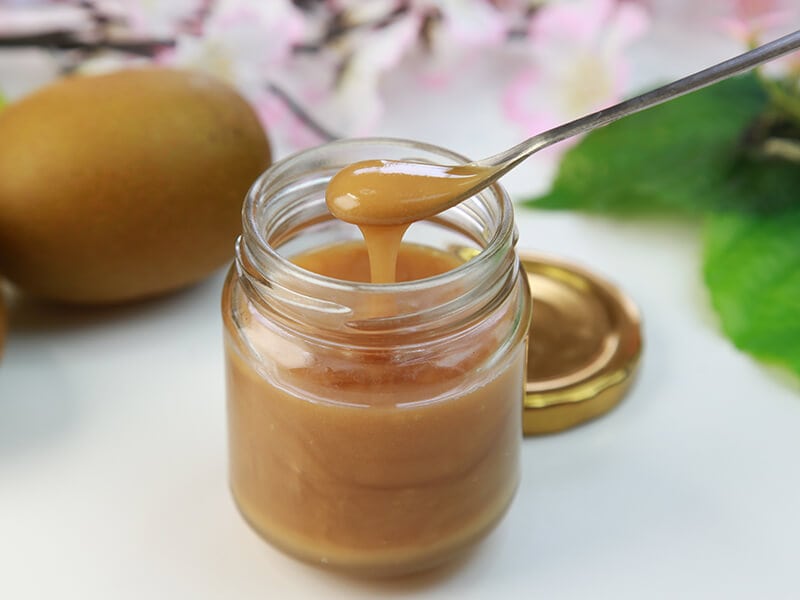
According to the United States Food and Drug Administration, manuka honey is an ideal option for treating wounds because of its antibacterial (100 times higher than other honey varieties) and antioxidant properties. Also, it helps heal wounds faster due to the low pH (2).
The anti-inflammatory property allows you to relieve sore throats effectively. To get the best result, you need to mix this sweet honey with a glass of warm water or tea.
In case you have diabetes-related or gastric ulcers, using manuka honey is one of the effective methods to reduce these bad health problems.
Furthermore, manuka honey is useful to oral health because it helps avoid dental plaque buildup and gingival bleeding.
Manuka honey is a common choice for many people in decreasing digestive symptoms, such as irregular bowel movements, diarrhea, or constipation, thanks to its antioxidant and anti-inflammatory properties.
Non-Medicinal Usage
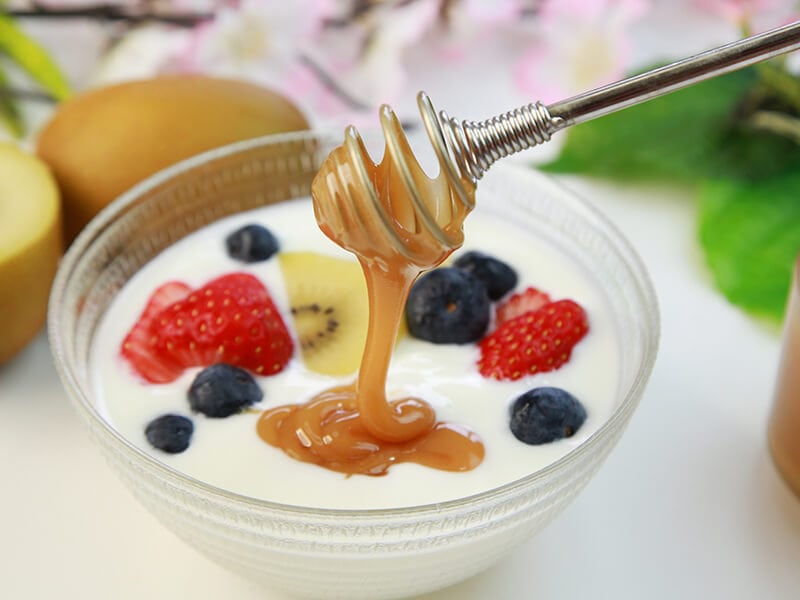
Manuka honey is a high-nutritious and healthy food, so it is a familiar ingredient in cooking. With a dense, sticky texture, and amazing sweetness, manuka honey is a wonderful replacement for sugar in many recipes.
Your cup of tea or coffee will be better with a splash of manuka honey. Furthermore, it is ideal for sweetening other drinks, such as cocktails or lemonade. Besides drinks, it can provide a natural sweetness to your glaze, sauce, or dressing.
Some even mix it with shakes, smoothies, waffles, pancakes, and tropical fruits to start their new days.
Aside from cooking, manuka honey is a familiar choice in the beauty field. It can be used to make skin moisturizers or anti-aging beauty products. Also, it can help solve inflamed or damaged skin effectively and safely.
Find out the incredible benefits of Manuka honey instantly.
Some Precautions You Should Remember When Using Manuka Honey
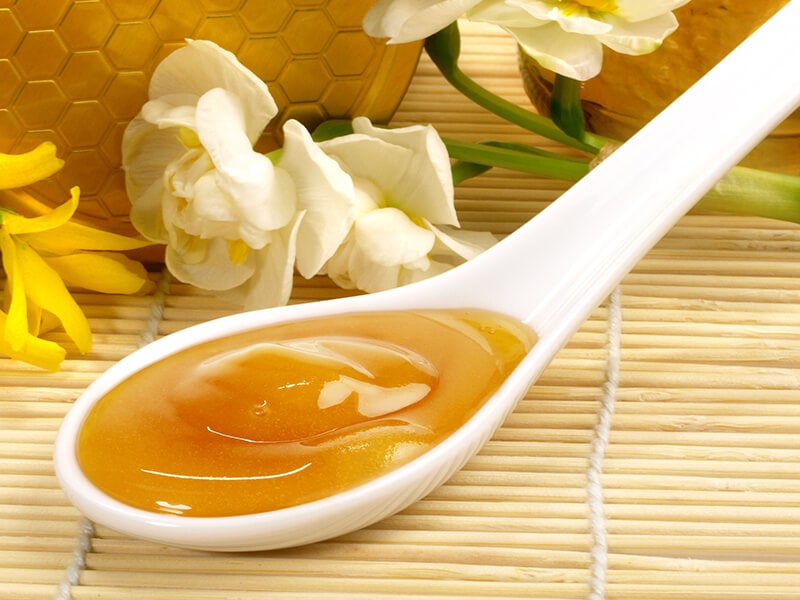
You should pay attention to some side effects and precautions when using manuka honey. Here are some notable details you shouldn’t miss.
- Although manuka honey can heal wounds, it is only good for minor wounds. Therefore, you should consult your doctor instead of using this sweet ingredient to treat infections or severe wounds.
- High sugar in manuka honey may not be suitable for those with diabetes because it can increase the blood sugar level.
- You should consult your doctor if you want to use manuka honey with some drugs. In some cases, chemotherapy drugs may counteract the effect of manuka honey.
- If you have children under 12 months old, you should not let them consume manuka honey or other raw honey since the clostridium bacteria in honey can cause infant botulism in your kids.
FAQs
Before wrapping up, you should look at these commonly asked questions about Manuka honey below. They will give you other great information. Let’s check!
Do You Know The Way To Choose Manuka Honey?
Have you ever tried Manuka honey? Do you love its flavor and fragrance? Feel free to share your feelings when using this sweet liquid via comments. Please like and introduce this post to others to help them choose the best Manuka honey.
In short, choosing Manuka honey is straightforward when you follow the instructions I provided in this article. To get the suitable one, you should identify your intent before selecting, including medicinal or non-medicinal usages. Thanks a lot!
References
- Mānuka Honey (2022) Wikipedia. Wikimedia Foundation.
- schneik4 (2022) 5 benefits of Manuka Honey, Cleveland Clinic. Cleveland Clinic.

